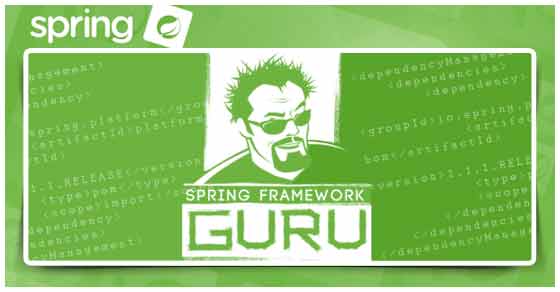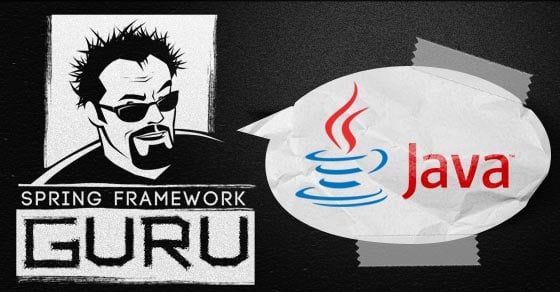Using Filters in Spring Web Applications
Last Updated on April 2, 2022 by jt Spring Web applications and RESTful services contain controllers responsible to process requests and send back responses. At times you might need to perform certain operations on client requests before it reaches the controller. Similarly, you might need to perform operations on responses sent back by controllers to […]Continue reading







